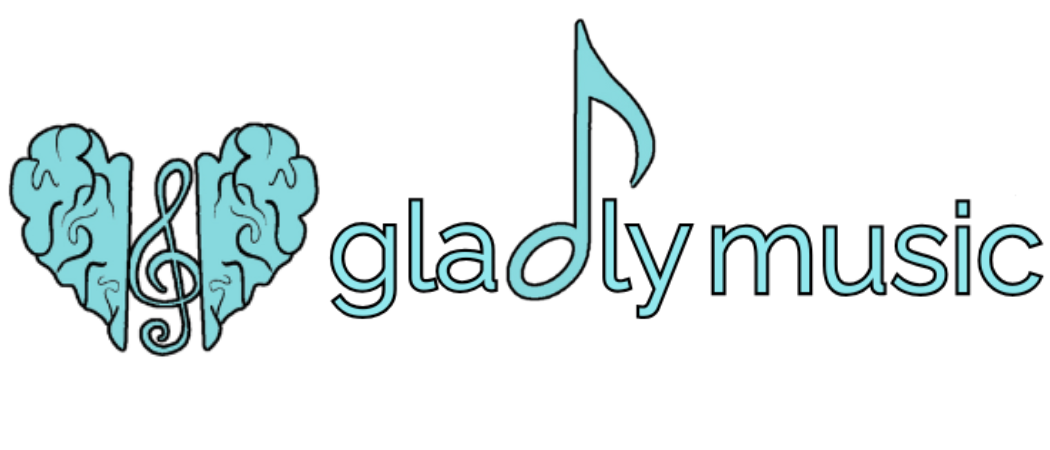The Neuroscience Behind Gabby Giffords’ Recovery: How Music Therapy Helped Her Regain Speech
At the 2024 Democratic National Convention, Gabby Giffords once again captivated the world with her resilience and determination. While her speech was a powerful political statement, it also highlighted the remarkable journey of recovery she has made, thanks in large part to music therapy. Giffords’ ability to speak after suffering a traumatic brain injury is a testament to the incredible healing potential of music, as well as the brain's capacity to rewire and heal itself through neuroplasticity.
Music Therapy and the Brain: Understanding the Science
Gabby Giffords’ brain injury severely damaged her Broca’s area, the part of the brain responsible for speech production. Individuals with injuries in this region often struggle with aphasia, a condition that affects their ability to speak, even though they may still be able to understand language.
Music therapy, particularly Melodic Intonation Therapy (MIT), was key to Gabby’s recovery. MIT works by engaging areas of the brain that remain intact after injury and using music to bypass damaged regions. Let’s dive deeper into the neurological mechanisms that made Gabby’s recovery possible:
The Role of Broca’s Area in Speech:
Broca’s area, located in the left hemisphere of the brain, plays a crucial role in speech production. When this area is damaged, patients often find it difficult to form coherent speech, though their ability to comprehend language may remain intact.
Music therapy engages the brain's right hemisphere, which is more involved in melody and rhythm. By using musical intonation and rhythm to engage these areas, therapists help the brain “rewire” itself to support speech production, effectively bypassing the damaged Broca’s area.
How Music Activates the Entire Brain:
Unlike speech, which primarily involves the left hemisphere, music activates both hemispheres of the brain. When Gabby engaged in singing and rhythm-based exercises, the activation of the right hemisphere created new neural pathways that helped her regain the ability to speak.
Music therapy also involves movement, memory, and emotion, which means it stimulates multiple brain regions simultaneously. This holistic engagement provides a greater opportunity for neuroplasticity, the brain’s ability to reorganize and form new connections, helping restore lost functions.
Neuroplasticity and Bridging Both Hemispheres:
One of the most fascinating aspects of the brain is its neuroplasticity—its ability to adapt and reorganize after injury. Gabby’s brain used this plasticity to reroute functions typically handled by her damaged left hemisphere to the right hemisphere, where music processing occurs.
Rhythm and melody in music create predictable patterns, which can be used to stimulate motor planning and speech production. This repetition helps strengthen the neural circuits responsible for speech, essentially “retraining” the brain.
The rhythm also facilitates motor sequencing, which is crucial for forming words and sentences, helping Gabby to regain her speech abilities step by step.
Melodic Intonation Therapy (MIT):
MIT is a specific form of music therapy that uses singing and melodic patterns to help patients like Gabby regain speech. The therapy starts by training patients to sing phrases with exaggerated pitch and rhythm. Gradually, the therapist reduces the melody, transitioning the patient back to normal speech patterns.
This technique leverages the brain’s affinity for music and rhythm, which remains intact even in cases of aphasia. Over time, through consistent repetition and practice, patients are able to reconnect the brain’s ability to form speech.
Connecting Emotion and Motivation:
Music therapy doesn't just work on a mechanical level. It also taps into the emotional centers of the brain. Music has a profound impact on emotion and motivation, both of which are crucial for recovery. Engaging with music that resonated emotionally likely helped Gabby stay motivated and focused during her therapy, accelerating her progress.
Gabby Giffords' Journey: A Testament to the Healing Power of Music
Gabby’s ability to deliver her powerful DNC speech in 2024 was a direct result of her hard work in music therapy (along with Speech Language Pathology) and the brain’s incredible capacity for healing. The combination of neuroplasticity, melodic intonation, and the brain's engagement with rhythm and music made it possible for Gabby to communicate effectively again, despite the severity of her injury.
How Music Therapy Can Help You
Gabby Giffords' story is not just inspiring; it’s a demonstration of how music therapy can help others facing neurological challenges. Whether recovering from a brain injury, managing a condition like stroke or Parkinson’s disease, or even dealing with emotional struggles, music therapy provides a scientifically-backed pathway to healing.
Gladly Music specializes in personalized music therapy programs designed to help individuals achieve their unique goals, using proven methods such as Melodic Intonation Therapy and other evidence-based techniques.
If you or a loved one could benefit from music therapy, don’t hesitate to reach out. Contact Rebecca at Gladly Music to discover how music can help activate your brain’s full potential and support your recovery.
